|
Teachers, do your kids struggle with doing research on Canada because the material is too difficult to read and understand? Would you like to find material that provides information in an easier to read format? Does this sound like you?• the materials are too difficult for many of your students to understand • the students are constantly asking for help • there aren't enough resources available that are suitable for younger students • you spend hours searching for materials that will help your students • you start wondering if doing research is worth all the frustration Are you tired of:• kids struggling to read and find information in nonfiction reference books? • kids getting frustrated and always needing help to locate information for their research? • searching for suitable material for younger students that has the information needed for research? I've been there. I often tried to get my kids to do research for various different topics and I spent most of my time either helping them to find materials or helping them to navigate through the material to find the relevant information needed. I enjoyed doing projects with my students, but it was a lot of prep and energy to do so, especially for social studies. I knew I needed to make some changes. I created a series of booklets for Canada that were easier to read and full of pictures and maps that helped with the research. I then had a couple of classes try them out. They worked well and the kids felt successful with their research. Finally I had something that younger kids could use. Research booklets for the 10 provinces and 3 territories There are individual booklets for each of the provinces and territories with an added booklet of the symbols for each. English and French versions available An English version, Canada My Country, and a French version, Canada mon pays, are available as individual booklets and bundles Easy to read format with photographs to help Each page features a photograph or map and an easy to read description. If your students are doing research on Canada's provinces and territories and need easy to read material, these bundles are right for you. Here are some of the features:• Maps of the province or territory and its location in Canada • Photographs to go along with the research information • Information about industries, services, and interesting facts • A booklet of the symbols for each of the provinces or territories I created these booklets for my class when I saw how difficult the materials in our library were for them to read. It felt so good to see them doing the necessary research and enjoying it because they weren't struggling with the material. Don't take my word for it. Here's what others have to say:English version French version Get your Canada Research Bundle now and be ready for your kids to learn about the provinces and territories. Your younger students can do research successfully. Let's recap and you will see why these materials work • All booklets are set up with a similar format • They contain maps and explain where the provinces or territories are located • Capital cities and some well-known landmarks are included • Main industries or services are included • Interesting facts are included • Photographs are clear and visually appealing Time to feel good about your kids doing research! Related PostsIt's that time of year again. Summer break is ending for some and nearing the halfway mark for others. Teachers are starting to gear up again and think about the new school year. School supplies are everywhere, back to school ads are appearing on the television and the teacher brain is going into overdrive. As hard as it is, it's important to try and keep relaxing and recharging so that you don't burn out before the year even gets going. Does this sound like you?• can't turn off teacher brain • wondering how you are going to do assessments • not finding enough time for planning • juggling setting up routines while keeping kids engaged • differentiating for range of ability levels • trying to make lessons fresh and engaging So many questions and worriesHow can I go on when I am so exhausted? How will I manage to assess everyone while keeping others engaged? What if the range in my class is too wide? I've been there. It is exhausting and at times overwhelming. That's why I have collected some of the different resources and activities that have been successful with my students and I've created The Ultimate Primary Teachers Ready To Go Kit. These resources and activities can make the beginning of the year enjoyable and less stressful for both you and your students. Returning to school after summer break isn't always fun for kids. They've been free to do different things without the structure of the classroom routines. Now they have to fit into set schedules, rules, and routines of a new grade and a new teacher. Engage your students from the very first day with dynamic activities and icebreakers. This kit features interactive games, team-building exercises, and activities that foster a positive classroom community. With the colorful posters and educational activities, you can set up an inspiring learning space that encourages curiosity and exploration. This comprehensive kit is designed specifically for primary teachers. Packed with a wide range of resources and activities, this kit is your go-to solution for start-of-the-year preparation, emergency sub plans, and engaging substitute teacher activities. From day one to those unexpected absences, it's got you covered! Check out what it includesClassroom management resources and ice breakers and some active games Posters and task cards as well as ice breaker tools and active games that will help you with your classroom routines and management to create a positive classroom environment. Back To School resources full of activities for the first weeks back These resources will give your students many different activities to do while you are trying to do assessments or trying to get to know your kids. Literacy activities for reading, writing, language development Reading for evidence, working with vocabulary and sounds, task cards for parts of speech and idioms, writing prompts are just a few of the activities here. Math review for basic operations, graphing, and measurement Basic math operations review, working with glyphs, and measurement games to get kids ready for more skills as they move on to more abstract concepts. Science posters, graphic organizers, and experiments to get the year started off right Positive self esteem activities and resources to create positive mindsets Get ready to kick off the school year with confidence and ease and ensure a successful academic year for both you and your students. Get The Ultimate Primary Teachers Ready To Go Kit today and experience the peace of mind that comes with being well-prepared! Not sure if you need the full kit? There are individual kits available as well. There is even a sampler kit for those who want to try just a few of the activities from each area. Check out my TPT store to find out more about the individual kits. If you are ready for a less stressful start to the year grab your ultimate kit now.
A new school year is fast approaching. As you plan for your best year yet, here are 10 things you might want to consider. 1. Classroom Setup and OrganizationCreating a welcoming and inclusive environment will support student engagement and collaboration. Planning the physical layout of your classroom, considering the arrangement of desks, bulletin boards, and learning centers, and organizing materials, supplies, and resources in an accessible manner will help. 2. Curriculum and Instructional PlanningIt is important to make sure you are familiar with the curriculum requirements for your grade level or subject area. This will help you to develop a scope and sequence, outlining the major topics, skills, and assessments for the year. Consider ideas for differentiating instruction to meet the diverse needs of your students and prepare a variety of engaging instructional strategies, resources, and materials aligned with the curriculum. 3. Establishing Classroom Procedures and ExpectationsKnow what your classroom procedures, rules, and expectations are and communicate these guidelines to students. Try to involve them in the process whenever possible. Set behavior expectations, rules for participation, and consequences for misbehavior. Developing routines for daily activities, transitions, and classroom management will help create a structured and positive learning environment. 4. Getting to Know Your StudentsGather information about your students' interests, strengths, learning styles, and individual needs. Consider using student interest surveys or icebreaker activities to learn about them and build positive relationships. You could also review student records, previous assessments, or reports from previous teachers. (Note: I try not to do this immediately as I want to form my own impressions first.) 5. Differentiation and Individualized SupportIdentify students who may require additional support or accommodations based on their learning needs, abilities, or backgrounds. Develop strategies to differentiate instruction and create individualized learning plans when necessary. Collaborate with other professionals, such as special education teachers or English language support staff, to ensure appropriate support for all students. 6. Parent and Guardian CommunicationIt is important to establish effective communication channels with parents and guardians. Introduce yourself, share your contact information, and explain your preferred methods of communication. Plan parent-teacher conferences or open house events to foster collaboration and provide opportunities for parents to share their insights about their child's strengths and needs. I find that parents can sometimes be your best background source of information on their child. They can give some insight into their life outside of school. I send home a "getting acquainted" form at the beginning of the year. You can get a copy for yourself by clicking the button below. 7. Assessment and Data CollectionDecide what assessment methods and tools you will use throughout the year to monitor student progress. Consider formative assessments, such as pre-tests, observations, or checklists, to gather baseline data and inform your instructional planning. Set up a system for organizing and analyzing student data to guide your instruction and identify areas for growth. 8. Social-Emotional LearningThe social and emotional well-being of your students is key to promoting a positive classroom culture, empathy, respect, and a sense of belonging. Plan activities or discussions and explore strategies to address potential challenges or issues that may arise, such as implementing morning meetings or incorporating social-emotional learning into your curriculum. 9. Professional Development and GrowthRemember to continue your own personal and professional growth. Reflect on your professional development needs and identify areas where you can further enhance your teaching practice. Seek out relevant workshops, conferences, or online resources to stay updated on the latest research and best practices in education. Consider collaborating with colleagues to share ideas, resources, and support. 10. Flexibility and Adaptability Recognize that each school year brings unique challenges and opportunities. Be prepared to adjust your plans and strategies based on the evolving needs of your students and the classroom dynamics. Embrace a growth mindset, remain open to feedback and collaboration, and be willing to adapt your teaching practices as necessary. By considering these aspects, you can effectively prepare for the new school year, set a positive tone in the classroom, and create a supportive learning environment for your students. Related PostsSummer is the perfect time to have fun and explore the wonders of science! With the sun shining and plenty of free time, it's an opportunity for kids to engage in hands-on experiments that spark curiosity and ignite a love for learning. Science doesn't have to be boring or complicated. In fact, it can be a thrilling adventure that sparks curiosity and fuels the imagination. Here are some exciting and easy science experiments that can be done at home or in the great outdoors. Get ready to have fun while discovering the amazing world of science! Experiment 1: Bubbling Magic - Dancing RaisinsDo you know that even raisins can dance? Gather some carbonated water, a clear glass, and some raisins. Pour the carbonated water into the glass and drop a few raisins in. Watch in amazement as the raisins bob up and down like magic! This experiment demonstrates the concept of buoyancy and gas release. Experiment 2: Density Delight - Floating EggEver wondered if an egg can float? Find out by conducting this experiment. Fill a tall glass with water and carefully place an egg in it. Observe whether the egg floats or sinks. Now add salt to the water, stir until it dissolves, and repeat the process. Witness the surprising change in the egg's behavior! This experiment explores density and its impact on buoyancy. Experiment 3: Colorful Creations - Milk And Dish SoapPrepare for a dazzling display of colors! Pour some milk into a dish and add a few drops of different food coloring. Dip a cotton swab with dish soap into the milk and watch as vibrant swirls and patterns emerge before your eyes. This experiment showcases a chemical reaction and the concept of surface tension. Testing Out Gravity - The Clink-Clunk TestHere is another experiment that you might like to try. It is always surprising for kids to see the results. This was a favorite for my students. Summer is the perfect time to engage in exciting science experiments that combine fun and learning. These four experiments are just a taste of the countless possibilities that await you. From watching raisins dance, to seeing if eggs float or sink, to swirling patterns in milk, there is so much to explore and learn. So, gather your materials, invite your friends and family, and let the summer science fun begin! Get ready for an extraordinary summer filled with science, exploration, and endless possibilities. Let your imagination soar as you dive into these fascinating experiments. Have a blast and enjoy the wonder of scientific discovery! Related PostsHow many times have you heard an adult say they are no good at math or that they hate math? So many times, it isn't that they weren't capable, but that they were never really shown how to do it with real world applications or with understanding. They were just taught algorithms and formulas and didn't see why they needed them. The way math is taught now is very different, or at least it should be. I am a strong believer in making sure that things make sense so that they can be applied to other situations. What might seem straight forward or clear to one person might make no sense at all to another person. Just think about the different ways math is used. It isn't just adding, subtracting, multiplying and dividing numbers. It is also measurement, geometry, coordinates, graphing, statistics, just to mention a few. Some people are really good at numbers and calculations, while others have great spatial awareness, and some can solve puzzles while others struggle to see the relationships between shapes and designs. Math has it own language as well. This can be confusing for some people. Word problems are very hard for some people to figure out. Over the years, i discovered that it is necessary to go back to the basics and make sure that the building blocks are in place before attempting more complex or abstract concepts. When I was working with intermediate students in small groups, I found that many of them didn't know their basic facts and they struggled with addition and subtraction strategies. This made multiplication and division almost impossible for them to do well. I took them back to the basics and in time they were doing much of the work covered in class with some proficiency. They still needed extra support, but it was starting to make sense to them. They even started to enjoy math instead of dreading it. You can find out more about ways to help kids improve in this blog post. Practicing math skills during the summer will go a long way in helping to maintain skills for the new year. There are plenty of fun and engaging activities you can plan for kids during the summer that incorporate math and keep them learning. Here are some ideas: Math themed scavenger huntCreate a scavenger hunt where kids have to solve math problems or puzzles to find hidden objects or clues. You can design it around a specific math concept, like geometry or fractions, and hide clues or objects that reinforce those concepts. Cooking and baking Involve kids in cooking and baking activities that require them to use measurements, conversions, and fractions. Encourage them to follow recipes, measure ingredients, and calculate serving sizes. They can also explore the concept of ratios by experimenting with different ingredient proportions. Outdoor measurement explorationTake advantage of the outdoors to explore measurement concepts. Have kids measure the height of trees, the length of their shadows at different times of the day, or the circumference of various objects using a measuring tape or ruler. They can record their findings and compare measurements. Math board gamesIntroduce kids to math-focused board games or card games that involve strategic thinking and problem-solving. Games like Monopoly, Set, or Sudoku can help improve their math skills while having fun. Math art projectsCombine math and art by engaging kids in geometric art projects. They can create symmetrical designs, tessellations, or use grids to draw patterns. This allows them to explore concepts like symmetry, shapes, and angles while expressing their creativity. Math related craftsEncourage kids to engage in crafts that involve math concepts. For example, they can create paper origami shapes, construct 3D models using geometric shapes, or design and build structures using various materials. These activities promote spatial reasoning and critical thinking skills. Math apps and online gamesUtilize educational math apps and online games that provide interactive learning experiences. There are numerous apps and websites available that offer math games, puzzles, and quizzes suitable for different age groups. Math journalingHave kids maintain a math journal where they can record and explore math concepts they encounter in their daily lives. They can write about real-life applications of math, solve problems, or illustrate concepts. This encourages reflection and critical thinking. By integrating math into summer activities, you can help children strengthen their math skills while having a great time. Related Posts |
About Me Charlene Sequeira
I am a wife, mother of 4, grandmother of 9, and a retired primary and music teacher. I love working with kids and continue to volunteer at school and teach ukulele. Categories
All
|
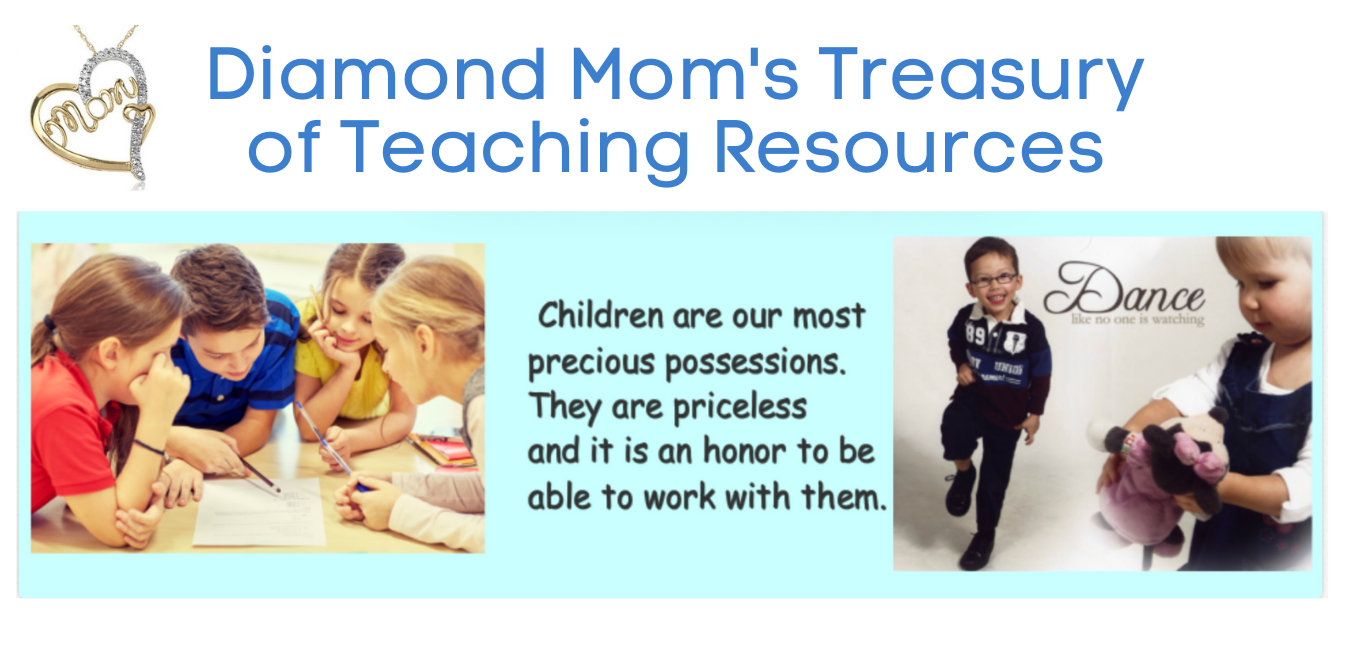
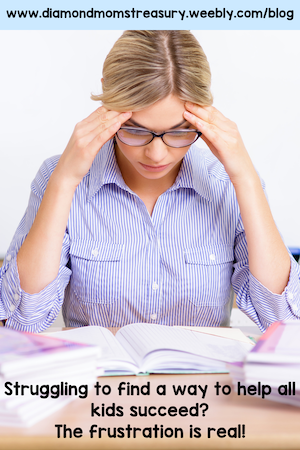
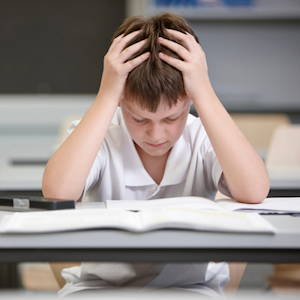

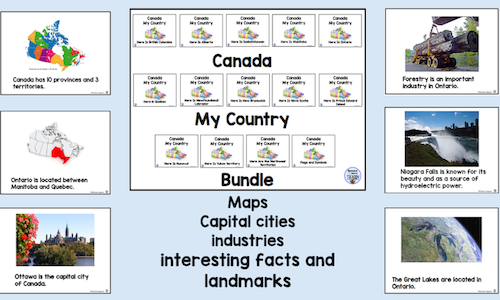
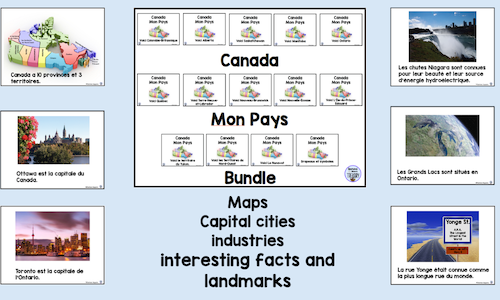
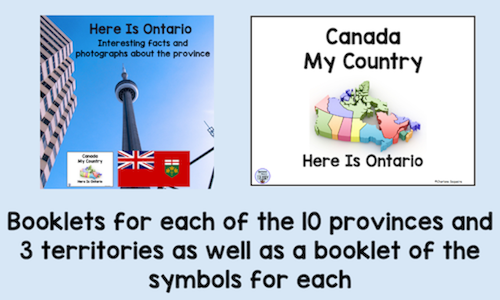
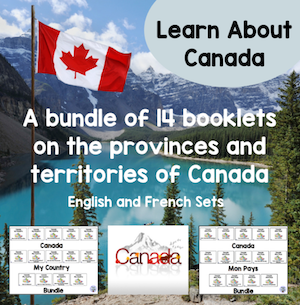
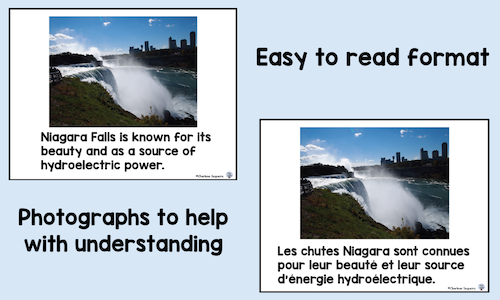
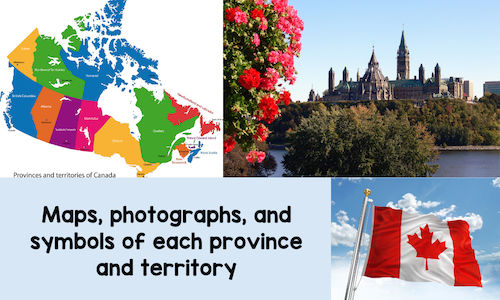
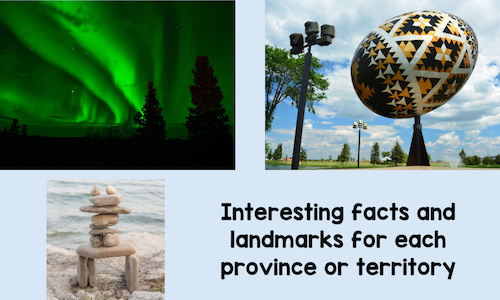
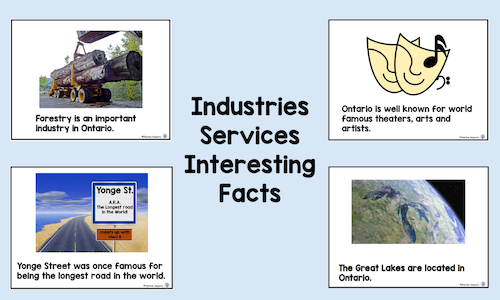






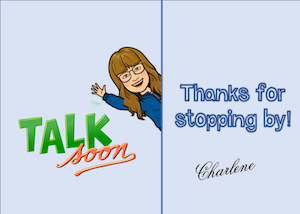
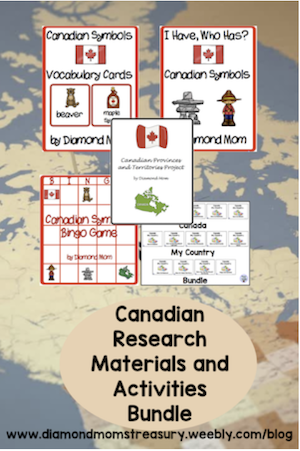
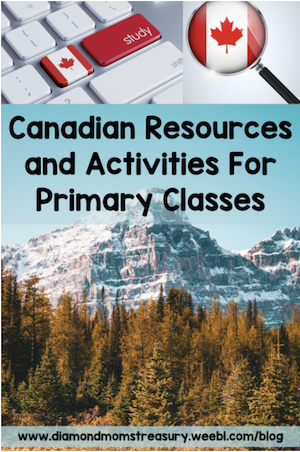
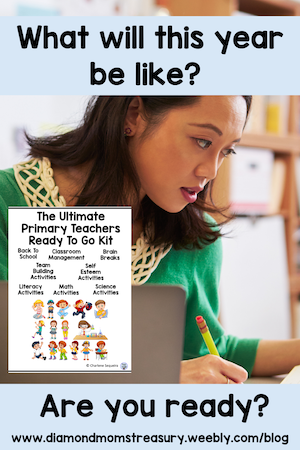
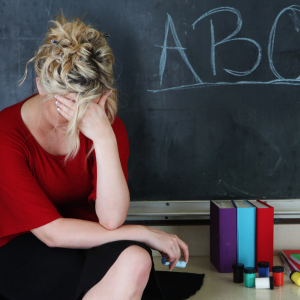

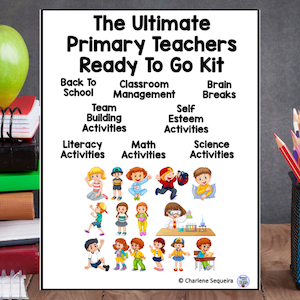
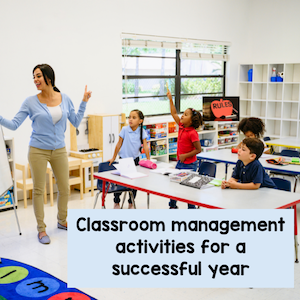
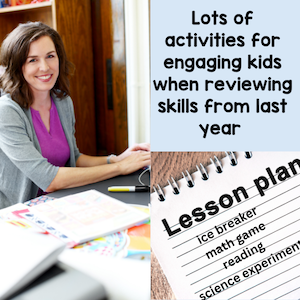
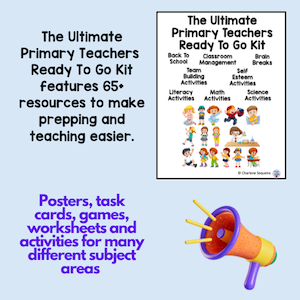
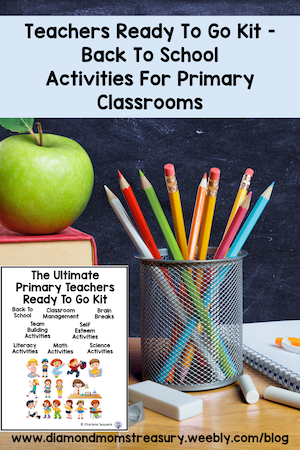
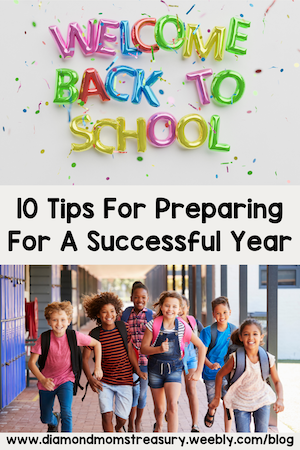
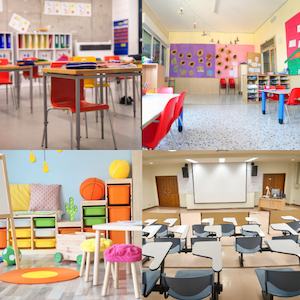
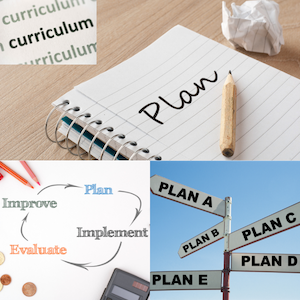
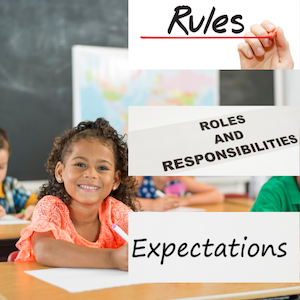
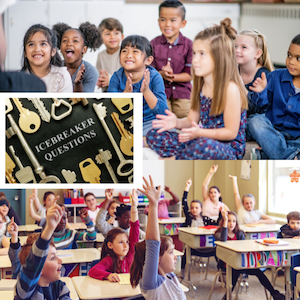
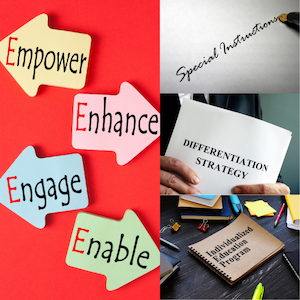
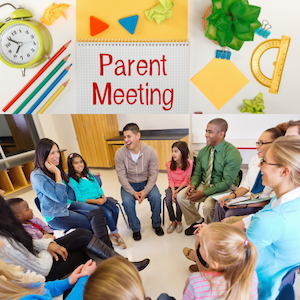
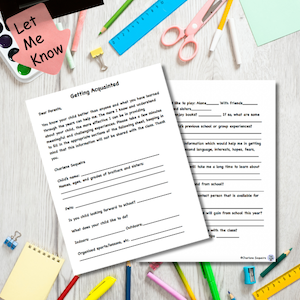
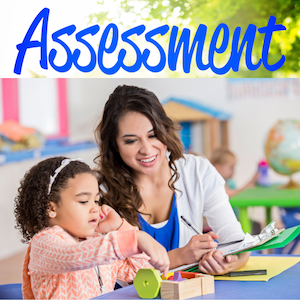
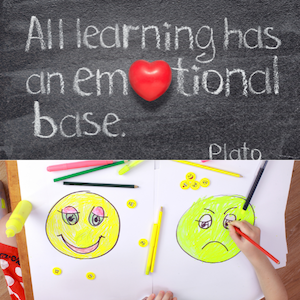
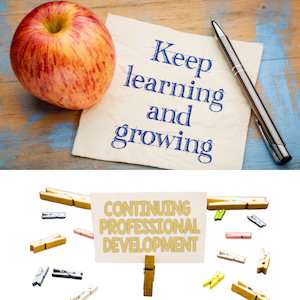
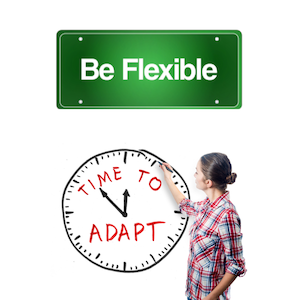
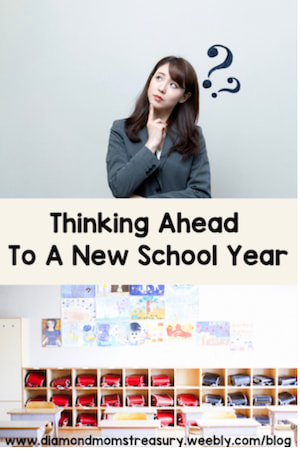
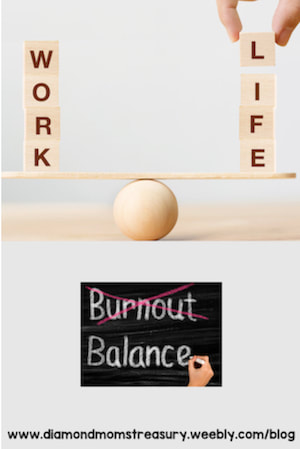

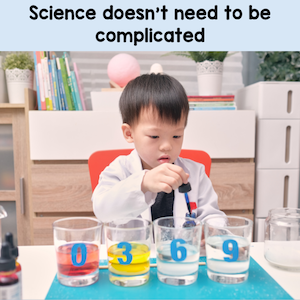

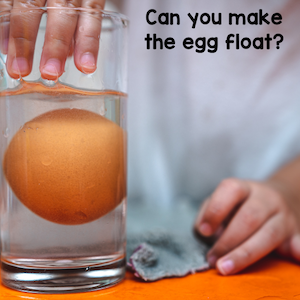
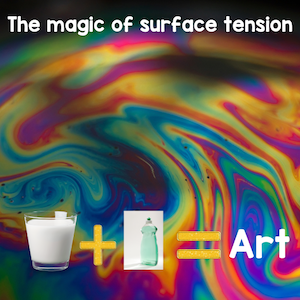
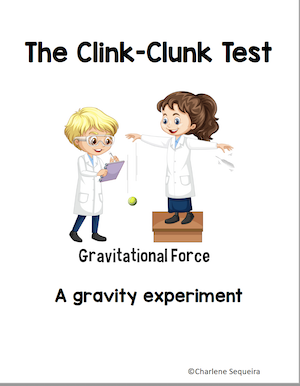
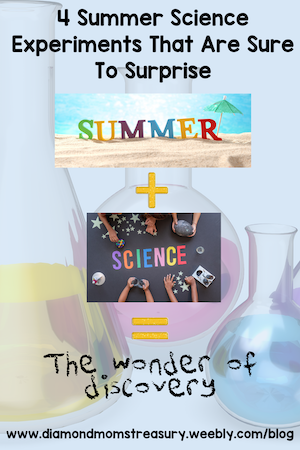

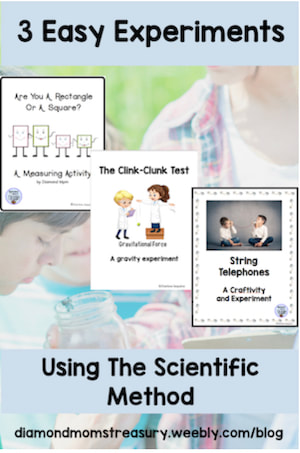
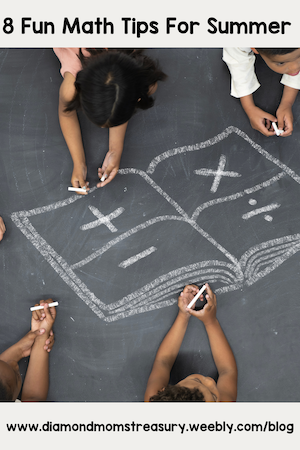
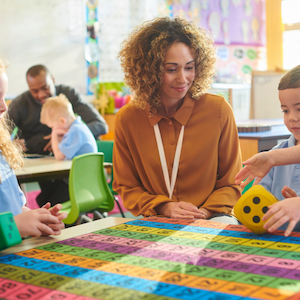
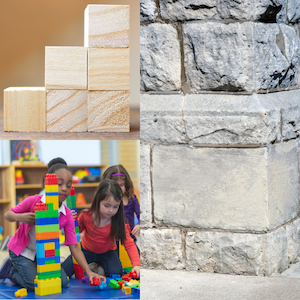
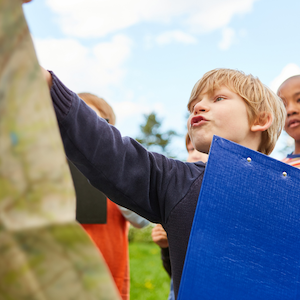
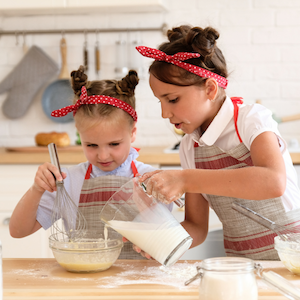
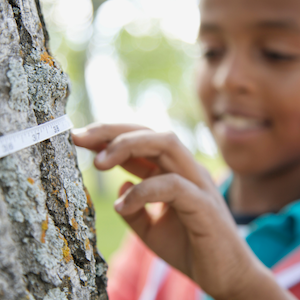
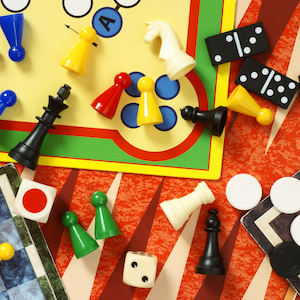
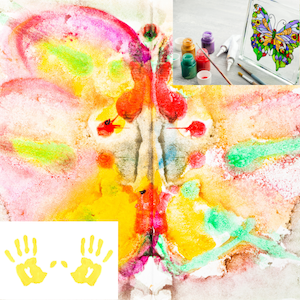
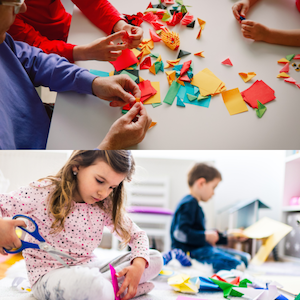
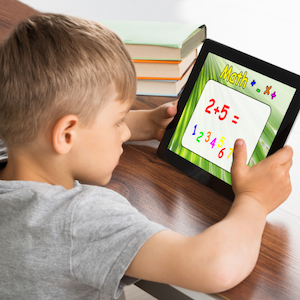
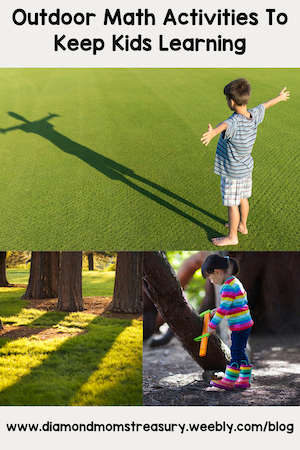
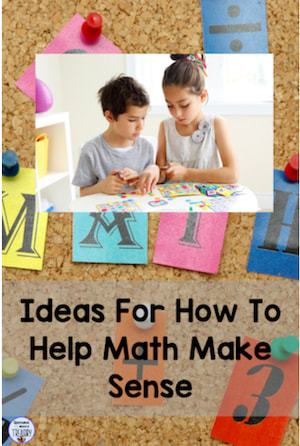
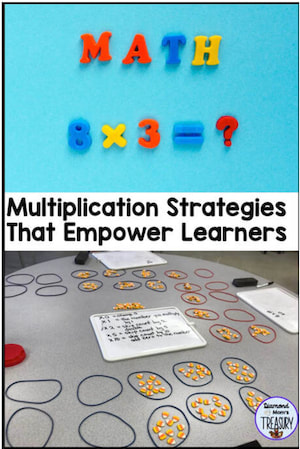


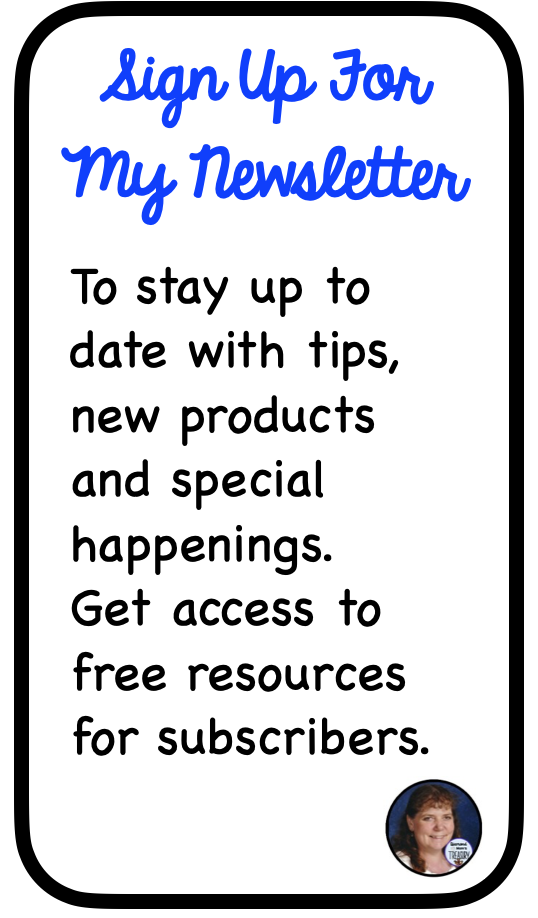
 RSS Feed
RSS Feed